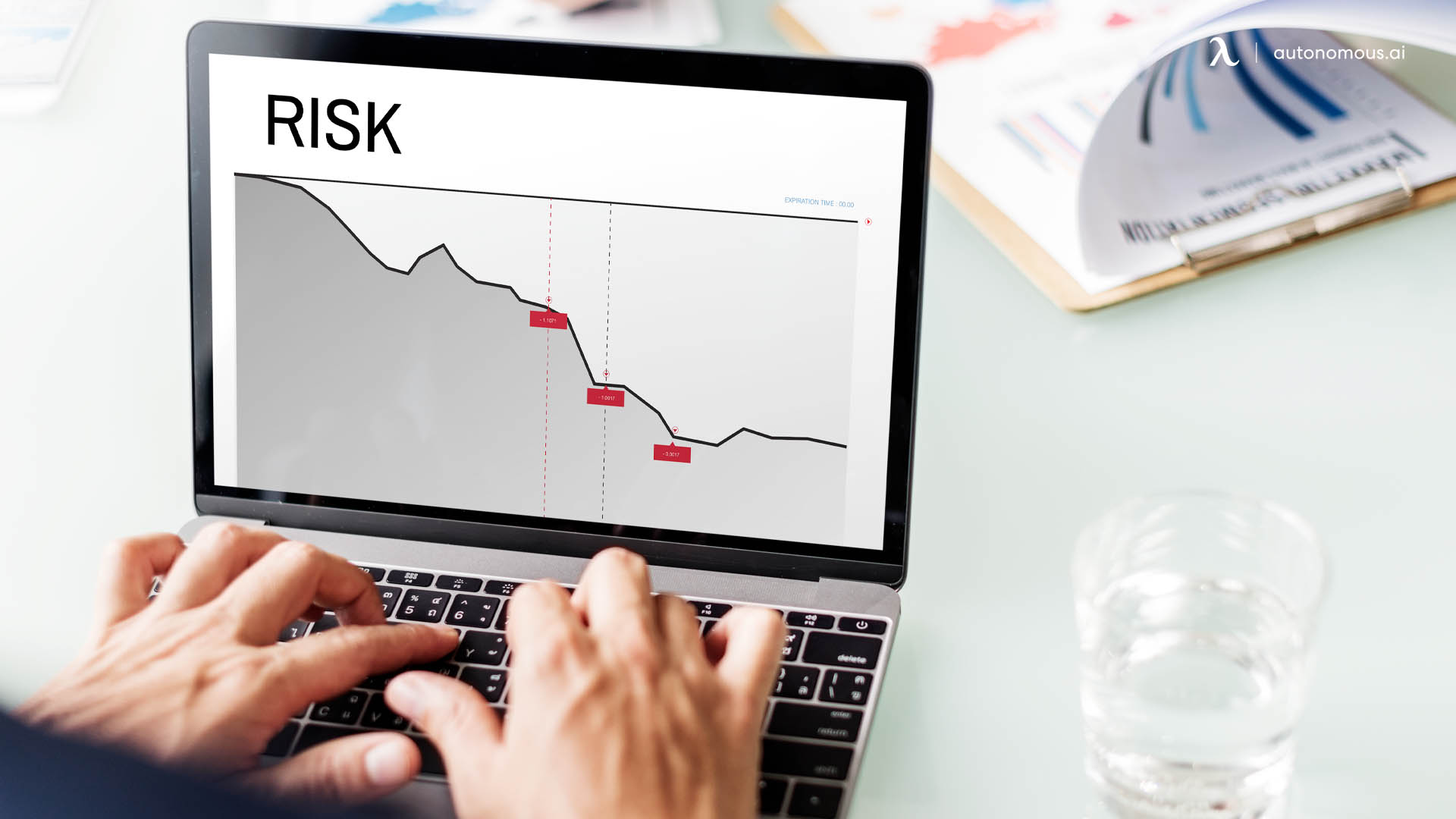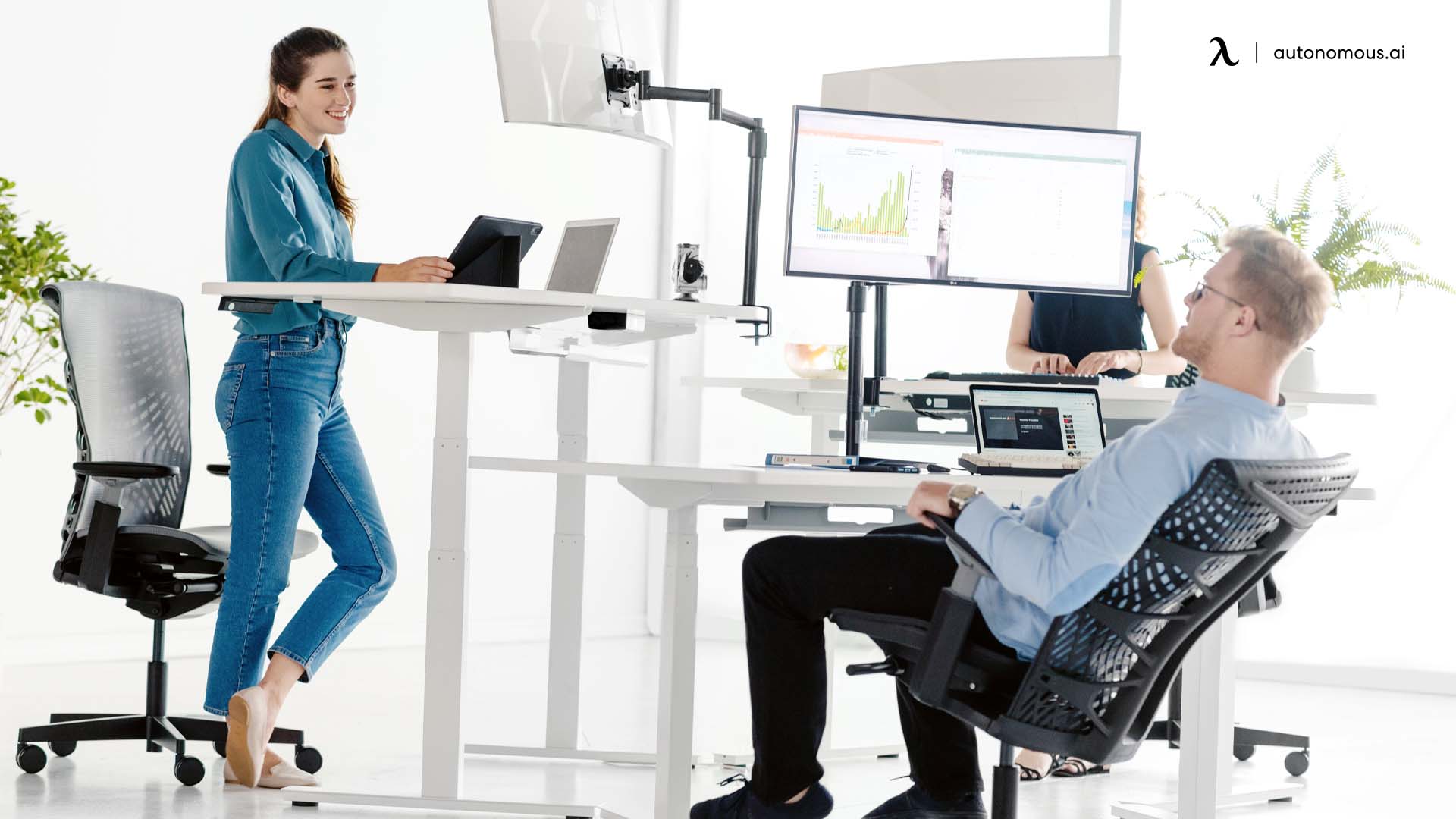/https://storage.googleapis.com/s3-autonomous-upgrade-3/static/upload/images/new_post/4-easy-steps-to-boost-your-office-ergonomics-633.jpg)
These days, workplace ergonomics is a hot topic in the professional world. There has been a notable spike in cases of back pain, neck pain, shoulder pain, and carpal tunnel worldwide. These aren’t just ordinary pains, and they should be called what they are: occupational injuries. They often require advanced treatment and even surgery! This leads to reduced productivity as employees have to ask for more time off.
Work surfaces may often be calibrated to non-optimal heights, and your chairs, organizing cabinets, and other frequently used office tools may be kept in places that are difficult to reach and seldom used items may likewise be kept in places that would be ideal for more commonly used tools. All of these factors can increase injuries and have a detrimental impact on overall office productivity.
Making your office more ergonomic means you have to remove any obstacles between your team and productivity. Fortunately, there are many tools at your disposal to boost the ergonomics of your office surroundings, and choosing the right ones may have a significant impact on your employees’ ability to work productively. As long as employers follow these four simple steps, they are sure to see maximum results in very little time.
The key is to make sure all tools, tasks, equipment, and workstations are adapted to suit the unique needs of each employee, rather than forcing them to adapt their work style to the less than ideal setup of their surroundings. This reduces the instance of musculoskeletal disorders, or MSDs.
Step 1 - Examine Workplace Tasks to Determine Risk Factors
First, you have to try to understand critical ergonomic workplace risk factors and take all work tasks under review in order to know which ones are applicable. This will potentially make an immediate difference, as reducing physical stresses could eliminate up to half of serious work-related injuries per year.
 It’s crucial to anticipate problem areas and make whatever changes necessary to the environment to reduce physical stress wherever possible. These are some of the main risk factors to look out for:
It’s crucial to anticipate problem areas and make whatever changes necessary to the environment to reduce physical stress wherever possible. These are some of the main risk factors to look out for:
Force: A leading cause of injury is the unnecessary use of excessive force.
Awkward positions: Postures that cause your employees to extend their limits beyond what is natural can have side effects like nerve compression and irritated tendons. Remember to guide your employee with a good sitting posture and alternate between sitting and standing while working.
Repetition: Movements that are repeated over and over again cause wear and tear overtimes, especially for your tendons, nerves, and joints.
Contact stress and compression: Any action that concentrates excessive force on a small area, such as firmly holding something with a sharp edge, can cut off blood circulation and cause damage to tendons and nerves.
Sedentary positions: Any time the worker must hold a single position for extended periods of time, they risk damage to their muscles and restricting their blood flow.
Fast movements: Increasing the speed with which someone bends or twists can also increase the impact it has on the rest of your body.
Vibration: Tools that vibrate excessively can cause damage to your nerves and increase muscle fatigue. Your bones and joints can also feel an impact from vibration that affects your whole body.
Cold temperatures: If your office isn’t sufficiently warmed, it can slow down your muscle dexterity and cause workers to exert more force to perform tasks that ordinarily wouldn’t require it.
Recovery time: This is a critical component that many overlook as they focus on completing their tasks. Without time to rest and recover, employees may not be able to sufficiently heal from the trauma caused by these other risk factors.
Step 2 - Address any areas of friction
Administrative controls, personal protective equipment (PPE), and engineering controls may all be used to keep risk factors in check. These are each worth evaluating in the quest to reduce or eliminate them, and keep everything under control.
Transportation changes may need to be made as part of using engineering controls to reduce risk factors and overall friction. It may also mean changing processes that expose workers to avoidable risks, and rearranging things to make everything easier for employees to access. Workstation layouts can be updated and tool designs are also things that can be taken into consideration.
 Administrative controls are a way of changing the way your employees work under certain established practices and policies. Implementing regular breaks, rotating shifts, or learning to recognize ergonomic areas of friction are all possible ways to implement administrative controls.
Administrative controls are a way of changing the way your employees work under certain established practices and policies. Implementing regular breaks, rotating shifts, or learning to recognize ergonomic areas of friction are all possible ways to implement administrative controls.
PPE, finally, is a more personalized approach that employees may consider to help them in their own unique situations to meet their individual needs. Those at risk of carpal tunnel may need wrist supports, for example.
Step 3 - Ask the Right Questions to Make Your Workspace Ergonomic
Choosing the best tools for all your tasks is a no-brainer. In order to do so, of course, you have to have an intimate understanding of the work processes, as well as the safety risks they pose to each employee. Once you have an idea, you can implement these tools effectively and in a measured and controlled way. It’s best to ask:
Are there awkward, bulky, or heavy items that must be handled in this process?
Are there a lot of product changeovers every day?
Is material flow part of every workstation, like conveyor belts or racks?
Are there many employees who frequently rotate through their shifts?
Do employees work independently, or in together in groups?
Are lighting, computer equipment, or power tools needed in employee workstations?
 The wrong size or height of a work surface can make a detrimental impact on employees’ comfort and health. Frequently used tools being out of reach can also endanger employees when they are straining for things they use every day.
The wrong size or height of a work surface can make a detrimental impact on employees’ comfort and health. Frequently used tools being out of reach can also endanger employees when they are straining for things they use every day.
This is easily resolved by rearranging workstations and the tools required most frequently. Make whatever adjustments you can, and try to use office tools that are adjustable and customizable so that employees can easily make necessary changes.
Step 4 - Use Proven Science to Improve Office Ergonomics
Scientific evidence suggests that a key principle to remember is that the most efficient work occurs within your employees’ “primary reach zones,” the area around your employee in which they are physically able to reach with minimal strain or movement. Keeping everything within these zones as much as possible helps reduce stress.
Workstations need to be frequently checked to ensure they are at the proper height, which ensures all items on the desk remain within this optimal primary reach zone. In general, work with heavy lifting requires lower surfaces, and more precise work will require higher surfaces.
 The easiest way to accomplish this is by using an electric standing desk, which lifts and lowers with an electric engine. This ensures your bench can be accessed by all workers equally, without much effort, seamlessly switching between sitting and standing positions.
The easiest way to accomplish this is by using an electric standing desk, which lifts and lowers with an electric engine. This ensures your bench can be accessed by all workers equally, without much effort, seamlessly switching between sitting and standing positions.
Be sure to also include access to frequently used tools, a comfortable and adjustable chair, a foot rest and proper lighting.
Conclusion
It’s important now more than ever to consider the health and safety of your employees. Make sure you’re using the best tools at your disposal to ensure everyone works in a happy and healthy work environment. What are some of your favorite tools to boost office ergonomics
Subscribe for a 10% discount on your first order.
Sign up for our weekly update and be the first to know about our specials & promotions.
Faire connaitre

/https://storage.googleapis.com/s3-autonomous-upgrade-3/production/ecm/240417/april-10-off-offer-2024-1920x540-CTA.jpg)
/https://storage.googleapis.com/s3-autonomous-upgrade-3/production/ecm/240417/april-10-off-offer-2024-720x1200-CTA.jpg)
/https://storage.googleapis.com/s3-autonomous-upgrade-3/production/ecm/240415/bulk-order-apr-2024-offer-720x1200-CTA-min.jpg)
/https://storage.googleapis.com/s3-autonomous-upgrade-3/production/ecm/240415/pod-offer-apr-2024-720x1200-CTA.jpg)
/https://storage.googleapis.com/s3-autonomous-upgrade-3/static/upload/images/new_post_author/ricardo-glencasa-22.png)